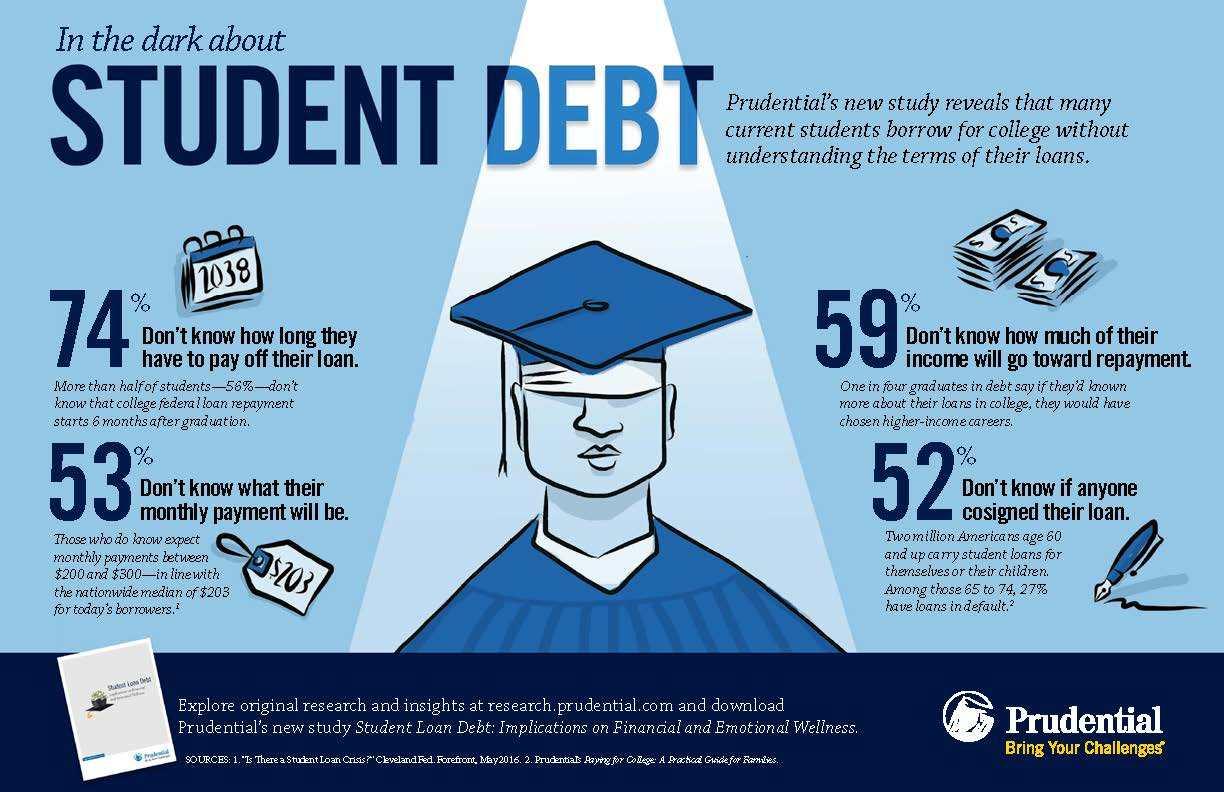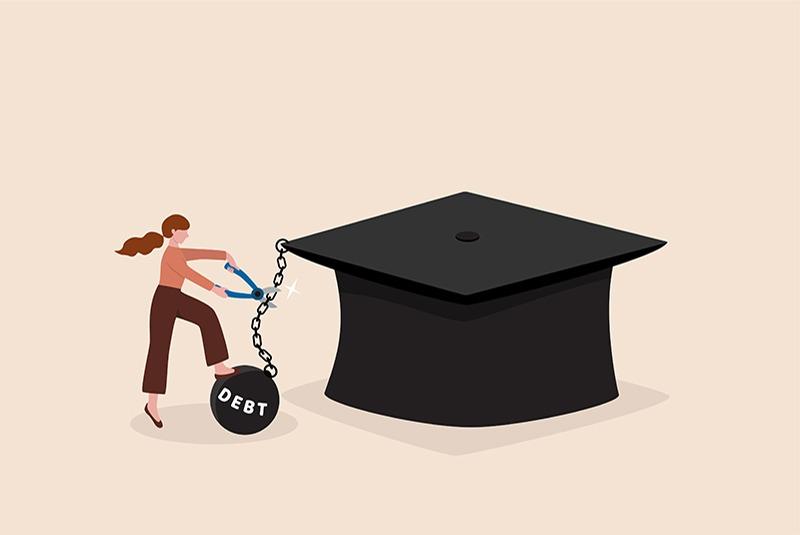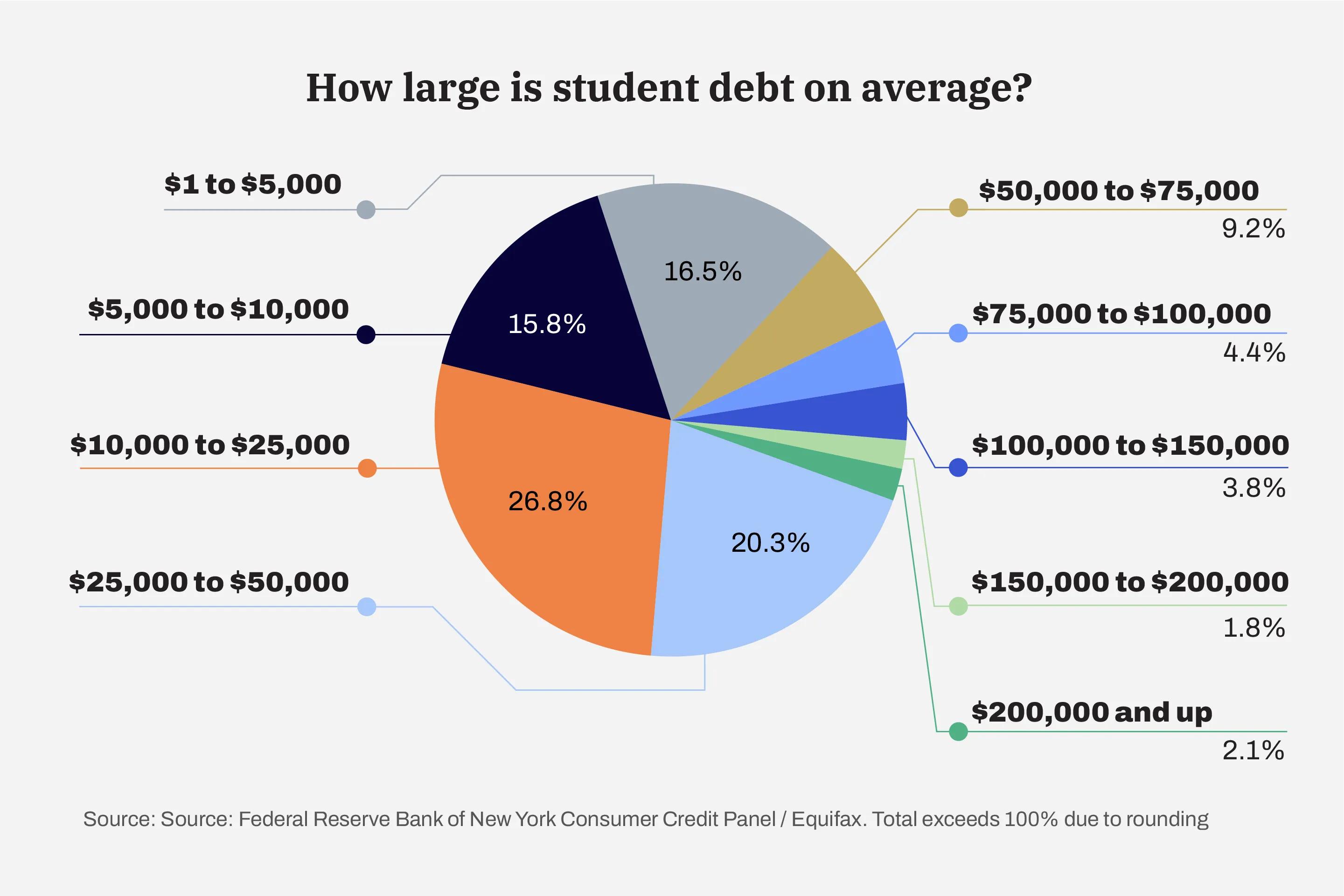In a world where college tuition fees continue to climb and student loan debt reaches staggering heights, the age-old question resurfaces with renewed urgency: Is your degree worth the price? As graduates face mounting financial pressures, the balance between student debt and return on investment (ROI) has never been more critical. This article delves into the complex landscape of higher education, exploring which degrees truly pay off and which might leave you burdened long after graduation. By unraveling data and dissecting career outcomes, we aim to equip prospective students with the insights needed to make informed decisions about their futures-where dreams meet dollars, and education meets economics.
Table of Contents
- Understanding the True Cost of Student Debt
- Evaluating Return on Investment Across Different Fields
- Hidden Factors That Influence Degree Value
- Strategies to Minimize Debt While Maximizing Career Earnings
- Making Informed Choices for a Financially Sustainable Education
- Frequently Asked Questions
- Key Takeaways
Understanding the True Cost of Student Debt
When evaluating the impact of student debt, it’s essential to look beyond the raw numbers and consider the long-term financial implications. Student loans are often portrayed as a stepping stone to success, but the reality is that the burden can linger for decades, affecting everything from credit scores to major life decisions such as buying a home or starting a family. The true cost of borrowing isn’t just the principal and interest – it’s the opportunity cost of delayed financial freedom.
Many graduates find themselves trapped in a cycle where monthly loan payments consume a significant portion of their income, limiting their ability to save or invest. This can lead to increased stress and a diminished quality of life. On the flip side, some degrees provide a salary boost that justifies the initial debt, while others may leave graduates underemployed or struggling to break even.
Consider these factors when assessing the cost of student debt:
- Interest Accumulation: How much extra will you pay over the life of the loan?
- Salary Potential: Does the degree typically lead to high-paying jobs?
- Job Market Stability: Are the skills in demand long-term?
- Repayment Terms: Options for refinancing or loan forgiveness.
| Degree Type | Average Debt | Median Starting Salary | 5-Year ROI Estimate |
|---|---|---|---|
| Engineering | $30,000 | $70,000 | +120% |
| Humanities | $25,000 | $40,000 | +40% |
| Business | $28,000 | $55,000 | +80% |
| Education | $22,000 | $38,000 | +30% |
Evaluating Return on Investment Across Different Fields
When dissecting the financial outcomes of various degrees, it’s crucial to look beyond just the sticker price of tuition. The ultimate question is: how much value does a degree add to your lifetime earnings? Fields such as engineering, computer science, and healthcare often show a higher return on investment due to strong demand and competitive salaries. Conversely, degrees in the arts or humanities might come with lower initial pay but can offer intangible benefits like creativity and critical thinking skills that pay off in non-monetary ways.
However, ROI isn’t just about salary. Consider factors like job stability, employment rates, and career growth opportunities. For example, nursing degrees may require significant upfront costs and intense training, but they typically lead to steady employment and opportunities for advancement. Meanwhile, some business or finance degrees might open doors to lucrative roles but come with higher competition and potential for job market fluctuations.
To illustrate this, here’s a simplified comparison of average student debt against median starting salaries across a few popular fields:
| Field of Study | Average Student Debt | Median Starting Salary | Estimated ROI (5 Years) |
|---|---|---|---|
| Engineering | $30,000 | $70,000 | High |
| Education | $25,000 | $40,000 | Moderate |
| Fine Arts | $20,000 | $35,000 | Low |
| Computer Science | $28,000 | $75,000 | Very High |
Key takeaways:
- Degrees in STEM fields generally yield higher financial returns.
- Humanities and arts may require additional skills or career paths for better ROI.
- Debt size relative to salary potential is a critical factor when choosing a degree.
- Non-financial benefits and personal passion should also influence degree decisions.

Hidden Factors That Influence Degree Value
When assessing the true value of a degree, it’s tempting to focus solely on tuition costs and starting salaries. However, several subtle yet powerful dynamics shape the actual return on investment (ROI) that many overlook. For example, networking opportunities offered by certain institutions can open doors to exclusive internships and job placements, significantly boosting career trajectories beyond what a paycheck alone might reveal.
Another hidden influence is the field’s evolving demand. Degrees tied to industries undergoing rapid technological innovation or demographic shifts tend to appreciate in value over time, whereas others might stagnate or even depreciate as automation and outsourcing grow. This can dramatically alter long-term earning potential and job security, which aren’t always captured in initial salary reports.
Furthermore, the quality of career support services can make a huge difference. Schools with strong alumni networks, mentorship programs, and dedicated career centers often help graduates negotiate better offers or pivot into lucrative roles more efficiently. These resources can be the unsung heroes behind a degree’s perceived worth.
- Geographic location of the school influencing local job markets
- Hidden costs such as living expenses and opportunity costs during study
- Accreditation and reputation affecting employer perceptions
| Hidden Factor | Impact on Degree Value |
|---|---|
| Networking Potential | Boosts long-term career prospects |
| Industry Growth Trends | Influences salary trajectory and job stability |
| Career Services Quality | Improves job placement rates |
| Location | Shapes local opportunities and cost of living |

Strategies to Minimize Debt While Maximizing Career Earnings
Balancing educational expenses and future earnings requires a proactive approach. Start by exploring scholarships, grants, and employer tuition assistance programs before taking on loans. These options can significantly reduce your initial debt burden and improve your overall return on investment.
Choosing the right institution also plays a pivotal role. Community colleges or state universities often offer quality education at a fraction of the cost of private schools. Transferring credits or completing general education requirements at these affordable institutions can dramatically cut expenses without sacrificing career prospects.
Another powerful strategy is to leverage part-time work or internships related to your field of study. Not only does this provide real-world experience, but it also supplements your income, reducing the need for excessive borrowing. Plus, building a network early on can accelerate your post-graduation earning potential.
| Strategy | Benefit | Example |
|---|---|---|
| Scholarships & Grants | Debt-Free Funding | Merit-Based Awards |
| Community College Transfer | Lower Tuition | 2-Year General Education |
| Part-Time Internships | Income + Experience | Summer Research Assistant |
| Employer Tuition Assistance | Reduced Out-of-Pocket | Company-Sponsored Degrees |

Making Informed Choices for a Financially Sustainable Education
Choosing the right educational path involves more than passion and interest; it requires a careful balance between the cost of schooling and the potential financial returns after graduation. When evaluating degrees, it’s essential to consider not only the tuition fees and accumulated student debt but also the economic value of the skills and knowledge acquired. Degrees that align closely with in-demand industries tend to offer higher salaries, enabling graduates to repay loans faster and build long-term financial stability.
Key factors to weigh before committing to a degree program include:
- Average starting salary of graduates in the field
- Employment rate within six months to a year after graduation
- Duration and total cost of the program, including living expenses
- Growth potential and job security in the chosen industry
Understanding these dynamics can be simplified by examining a comparison of typical fields and their return on investment (ROI). For example, STEM (Science, Technology, Engineering, and Mathematics) degrees often provide a strong ROI due to high demand and lucrative salaries, whereas some humanities degrees might require additional certifications or advanced degrees to reach comparable financial outcomes.
| Degree Field | Average Student Debt | Average Starting Salary | Estimated ROI (5 years) |
|---|---|---|---|
| Engineering | $30,000 | $70,000 | High |
| Business | $28,000 | $55,000 | Moderate |
| Education | $25,000 | $40,000 | Low |
| Health Sciences | $35,000 | $60,000 | Moderate-High |
Ultimately, making financially sustainable education choices means combining personal passion with pragmatic financial analysis. Students who proactively research and compare degree options based on realistic post-graduation outcomes position themselves to avoid overwhelming debt and maximize the benefits of their investment in education.
Frequently Asked Questions
Q: What is the central issue when comparing student debt to ROI?
A: The core challenge lies in balancing the cost of obtaining a degree-primarily student debt-against the financial and career benefits it delivers over time, known as return on investment (ROI). Students want to know if the money they borrow will be worth it in the long run.
Q: How is ROI calculated for different degrees?
A: ROI typically measures the increase in lifetime earnings attributable to a degree, minus the total costs of education, including tuition, fees, and student loan interest. This calculation helps reveal which degrees lead to higher salaries relative to their cost.
Q: Which fields tend to offer the highest ROI?
A: Degrees in STEM (Science, Technology, Engineering, and Mathematics), healthcare, and business often boast the highest ROI. These fields generally lead to well-paying jobs with strong demand, helping graduates repay debt faster and build wealth.
Q: Are liberal arts and humanities degrees a poor investment?
A: Not necessarily. While these degrees may not lead to the highest starting salaries, they can provide valuable skills and opportunities in various careers. However, their ROI tends to be lower, so students should weigh passion and purpose alongside financial factors.
Q: How does student debt influence the decision to pursue certain degrees?
A: High student debt can deter students from enrolling in costly programs with uncertain outcomes. It also impacts life choices post-graduation, such as buying a home or starting a business. Understanding ROI helps students make informed decisions about borrowing and career paths.
Q: What role do scholarships and grants play in improving ROI?
A: Scholarships and grants reduce the upfront cost of education, lowering the amount of debt students must take on. This directly improves ROI by minimizing financial burdens and making even lower-paying degrees more affordable.
Q: Can ROI differ based on the institution attended?
A: Yes. Graduates from prestigious or specialized institutions often command higher salaries, boosting ROI. Conversely, the same degree from a less recognized school might result in a lower ROI, emphasizing the importance of researching schools carefully.
Q: How should students approach the debt vs. ROI conversation?
A: Students should assess their career goals, financial situation, and the typical earnings associated with their chosen field. They should consider not just the sticker price of education, but long-term benefits, personal fulfillment, and job market trends.
Q: What alternatives exist for students concerned about ROI?
A: Alternatives include vocational training, apprenticeships, community college programs, or entering the workforce directly. These paths often have lower costs and can provide solid earnings without significant debt.
Q: Is ROI the only factor students should consider?
A: No. While financial returns are crucial, students should also consider personal interests, skills, job satisfaction, and societal impact. A degree’s worth isn’t solely measured in dollars, but also in growth and fulfillment.
Key Takeaways
In the end, the question of student debt versus return on investment is not just about numbers-it’s about navigating a complex landscape of dreams, costs, and opportunities. While some degrees clearly open doors to financial stability and growth, others may require a more nuanced look at personal values and long-term goals. Ultimately, the true payoff lies in making informed choices that balance passion with pragmatism, ensuring that education becomes a stepping stone-not a stumbling block-on the path to a fulfilling future.

